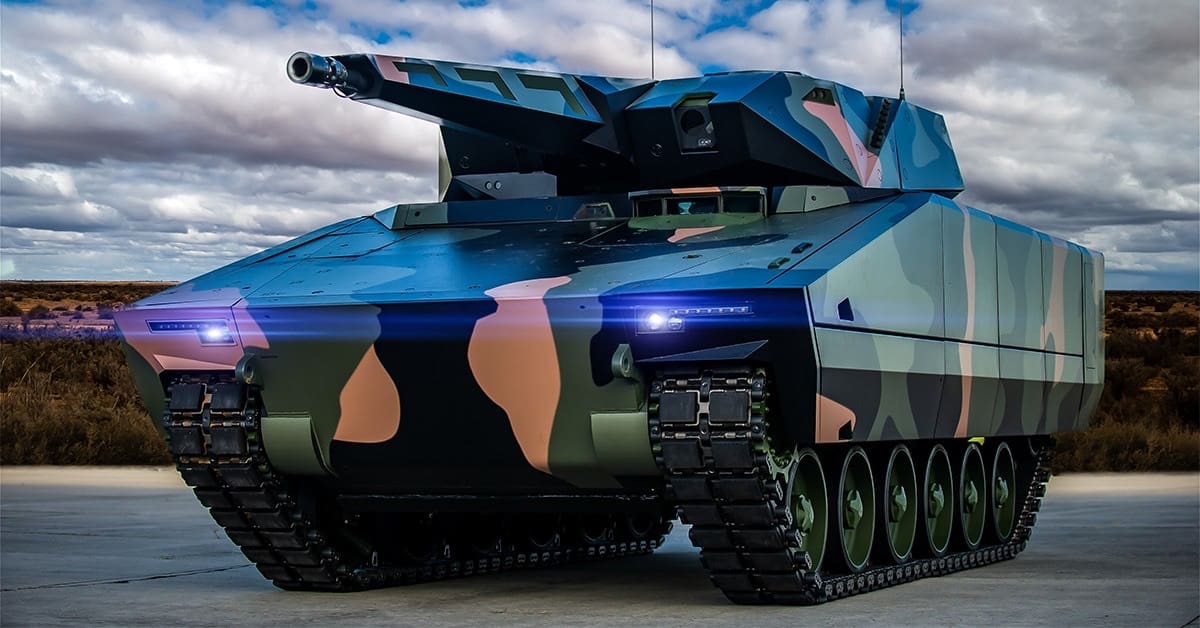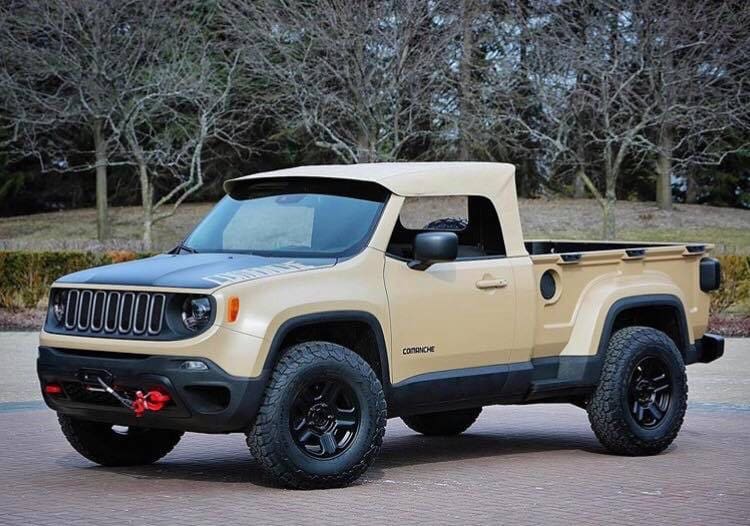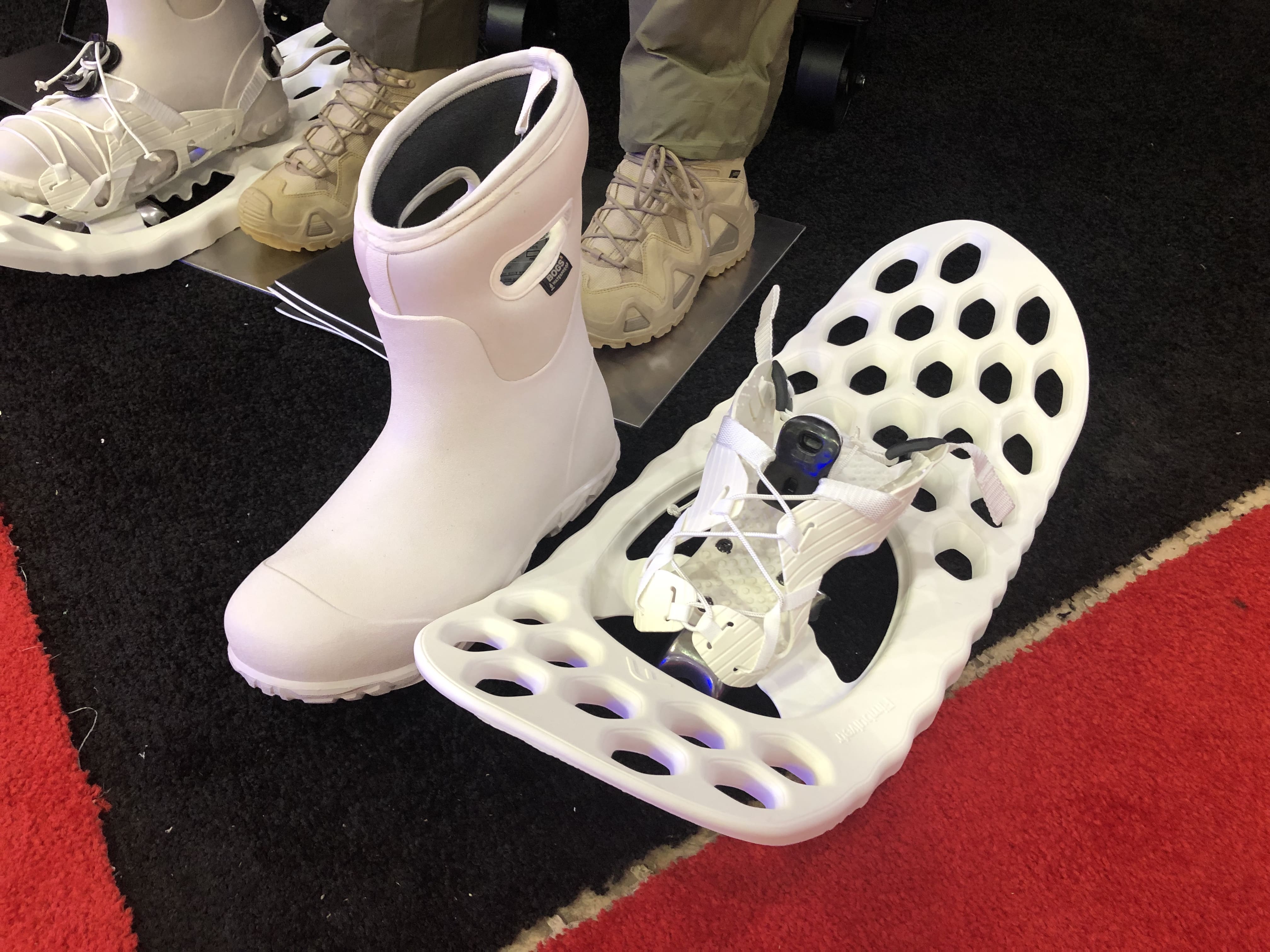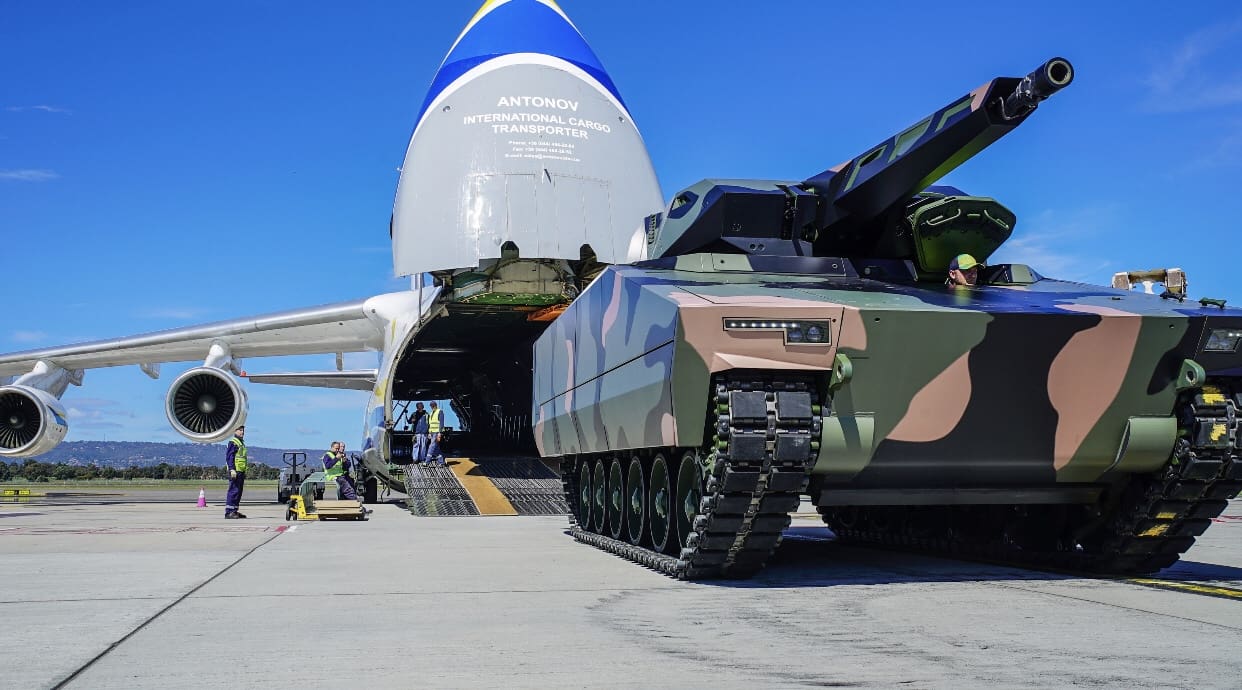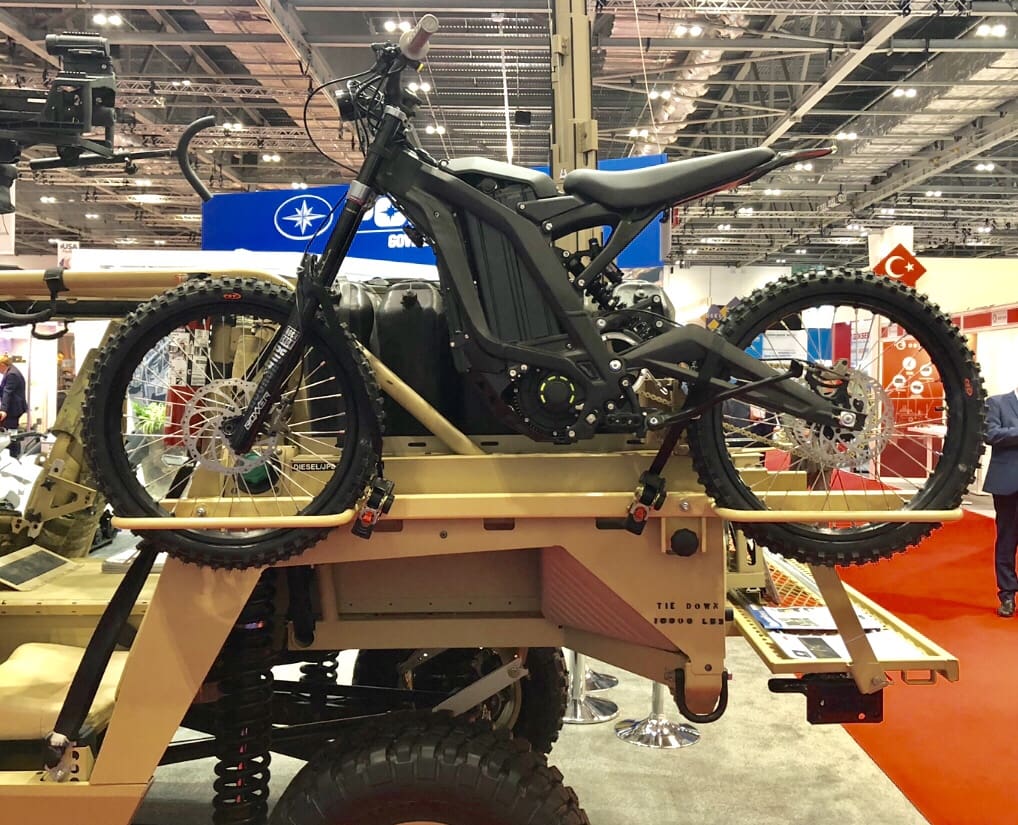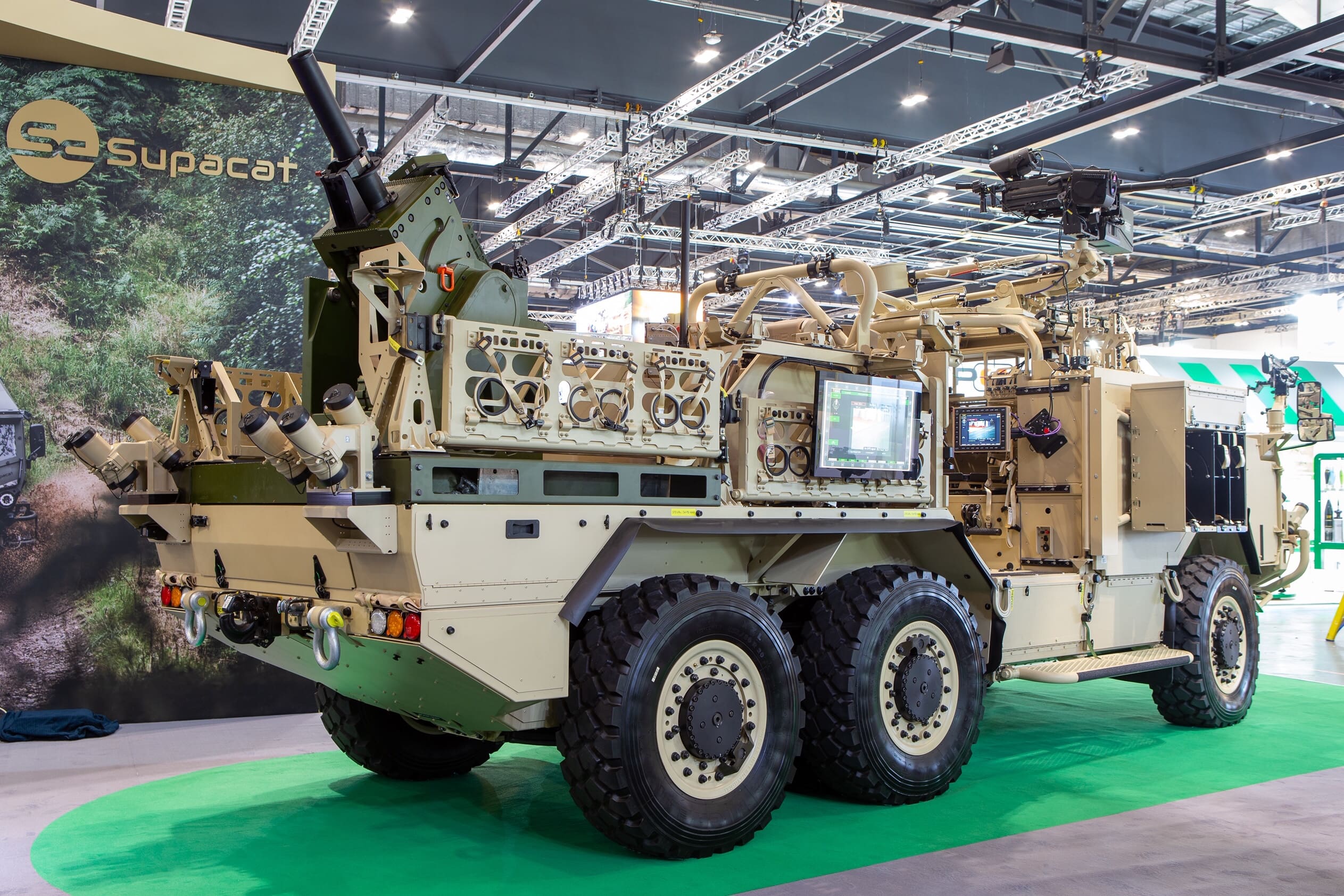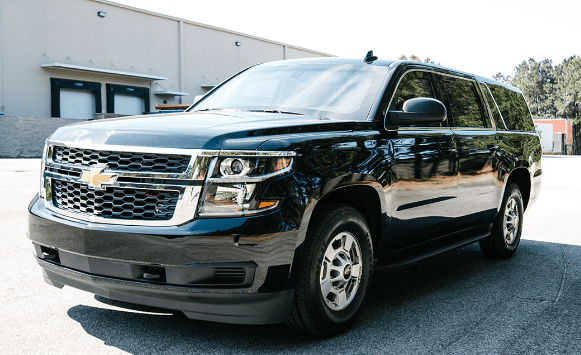MARINE CORPS BASE QUANTICO, Va. —
Three thousand miles away from the epicenter of Marine Corps Amphibious Combat Vehicle acquisition, a cadre of Marines, civilians and contractors are hard at work completing a logistics demonstration effort on the vehicle.
The logistics demonstration effort—or Log Demo—is one of the last steps the Advanced Amphibious Assault program office at Program Executive Officer Land Systems needs to execute before training Marines in the Operating Forces to use and maintain the vehicle during IOT&E, the integrated operational test and evaluation activities scheduled for next year.
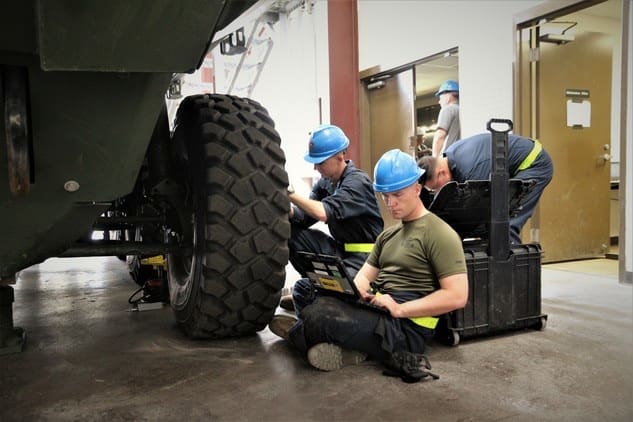
“Log Demo’s main purpose is to verify the validity and accuracy of the ACV’s technical manuals,” said Tommy “TJ” Pittman, Log Demo’s technical manager lead for PM AAA. “We want to make sure that the Marine can do the job, given the technical manual, training and tools [provided to them].”
For the logistics demonstration team, this means individually reviewing and performing nearly 1,500 work package procedures in the Interactive Electronic Technical Manual designed for Marines in charge of vehicle maintenance.
The demo also involves reviewing 125 work packages—spanning over 2,000 pages—in the Electronic Technical Manual designed for Marine ACV operators. The Common Remotely Operated Weapons System—or CROWS—on the ACV also has its own technical manual that the team must verify.
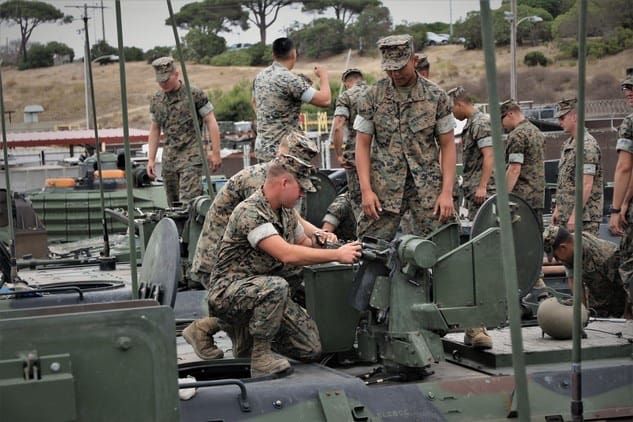
“This is less about our ability to perform the task or our skills as a mechanic, and more about whether the IETM can direct us to do the task properly” said Staff Sgt. Justin Hanush, lead ACV maintenance instructor for Advanced Amphibious Assault program office’s new equipment training team at PEO LS. “We’re painstakingly going through the IETM word-for-word, letter-by-letter, illustrations, everything—to make sure we can do the task as the IETM is written.”
A next-generation technical manual for a next-generation vehicle
The IETM is especially noteworthy because, for the Marine Corps, it’s the first of its kind for ground vehicles.
“I’ve personally worked for 15 years on getting the Marine Corps an interactive electronic tech manual that can be updated within moments,” said Pittman.
As a former Assault Amphibious Vehicle operator, the 24-year Marine Corps veteran has extensive experience operating and maintaining vehicles in the amphibious assault community. Pittman worked with Army Aviation and Missile Command to integrate the ACV’s IETM onto their software system and servers.
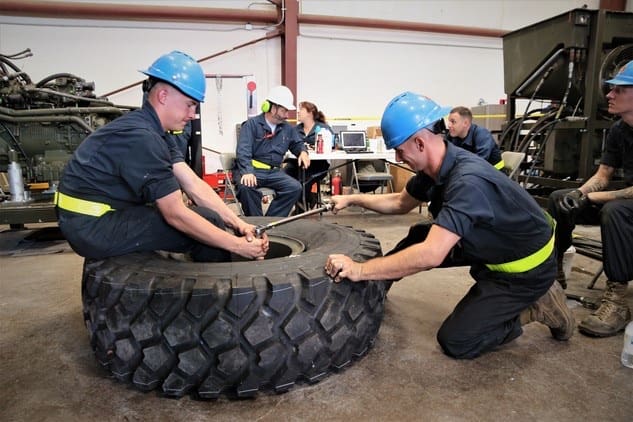
The interactive aspect of the technical manual streamlines the diagnostic and troubleshooting process Marines use when performing maintenance on a vehicle. By collaborating with the Army on a virtual manual, the Marine Corps can also reduce the amount of time needed to make updates to the IETM.
In the past, it could take up to a year for the technical manual for the ACV’s predecessor, the Assault Amphibious Vehicle, to be updated, said Hanush. With the introduction of the new IETM software, updates to the technical manual are implemented overnight.
On the ACV operator side, the team is ensuring their technical manual is clearly written so Marines can properly operate the vehicle and provide first-level maintenance on the vehicle if needed, said Sgt. Jarrod Warren, lead ACV operator instructor for the NETT.
“It’s important that the outcomes we reach when going through the ETM are the same outcomes stated in the book,” said Warren. “It’s also important to make sure we can maintain the vehicle at our level and, if not, we know when to bring it up to the maintenance side.”
The importance of meticulously reviewing the technical manuals to ensure the validity and accuracy of the document is not lost on Hanush, who noted, “I could have grandchildren someday who join the Marine Corps, and they could be working off the manual that I’m helping to write.”
Technical manual writing aside, Hanush is appreciative of the dedication of his fellow Marines during Log Demo, saying, “I couldn’t ask for a better group of ACV mechanics. They’re knocking it out of the park.”
One team, one fight, under one roof
Unlike other logistic demonstrations undertaken by the Corps, which typically take place at a contractor’s facility, this one takes place at the Marine Corps’ Amphibious Vehicle Test Branch at Camp Pendleton, California.
The three-month logistics demonstration took more than a year-and-a-half to plan, said Pittman. He said a unique aspect of Log Demo was that the program office, rather than the contractor, planned and created the logistics demonstration plan.
Equally critical to the success of the Log Demo effort are PM AAA’s industry partners, whose participation spans multiple states and continents, and whose roles vary from field service representatives to technical illustrators.
“We have about 65 individuals on the ground here, between the Marines, civilians, BAE, and one foreign representative from Iveco, which is the subcontractor to BAE on the vehicle,” said Pittman. “We have the right people—the writers, the illustrators, the engineers, the Marines, the data collectors, the safety people and the —in one location, which makes communication between the groups so much easier.”
Moving forward to IOT&E
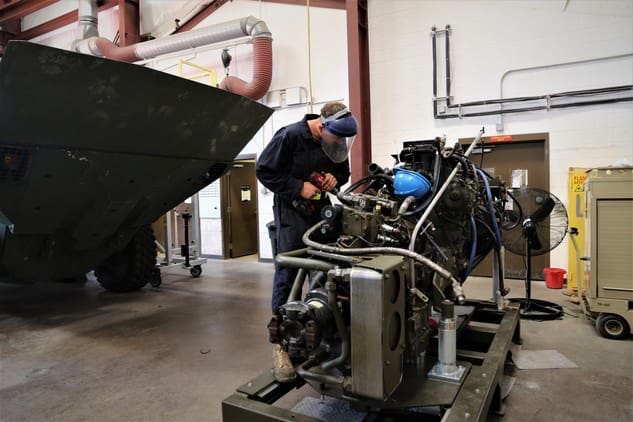
Currently, the Marines on the NETT are the Corps’ uniformed subject matter experts on the ACV. Following Log Demo, Hanush, Warren and the rest of the NETT will use the verified training manuals as their guide to train and prepare Marines for IOT&E.
IOT&E is the program office’s final evaluation of the ACV before fielding the vehicle. During IOT&E, executed by Marine Corps Operational Test and Evaluation Activity, the NETT will take a step back from operating and maintaining the vehicle and instead enable Marines to put the vehicle through its paces.
“IOT&E is sort of like a dress rehearsal for the system,” said Maj. Scott Jennings, a project officer at MCOTEA who will be involved with IOT&E of the ACV. “Marines will operate the vehicle in realistic environments and go on realistic missions so that we can evaluate the operational suitability and effectiveness of the system and see if it does what we want it to do in the way we want to do it.”
Until then, PM AAA’s focus is to ensure the ACV is ready for use. The modernized vehicle brings the Corps’ amphibious assault capabilities back to the forefront and will assist Marines in reestablishing themselves as a naval expeditionary force-in-readiness prepared to operate inside actively contested maritime spaces in support of fleet operations.
“I believe wholeheartedly in the mission these [Marines] do out there because I’ve been there,” said Pittman, who has dedicated over 48 years of his life to the assault amphibious community as an active duty Marine and a civilian. “I believe that we need to give them the best assets that we can possibly put in their hands, to not only save their lives, but to also protect our freedom.”
By Ashley Calingo, PEO Land Systems Public Affairs | Marine Corps Systems Command



